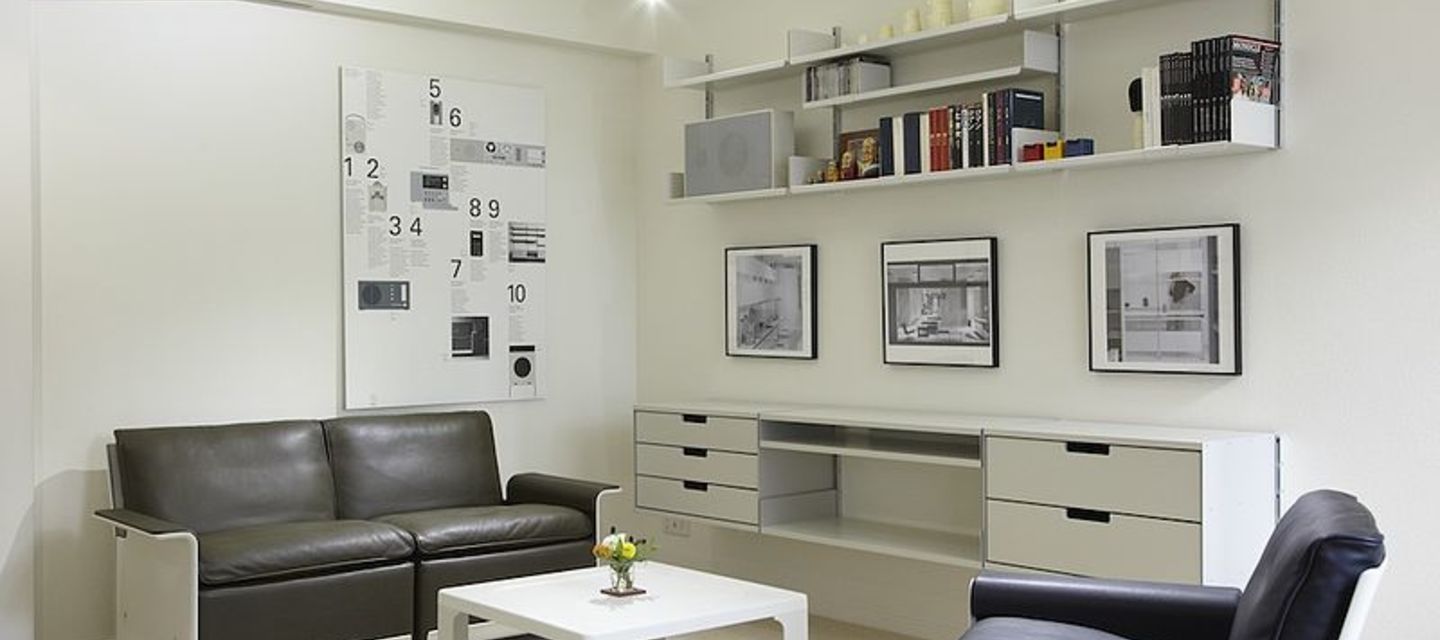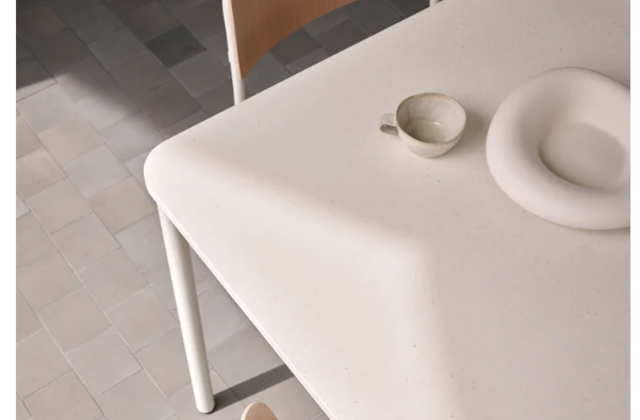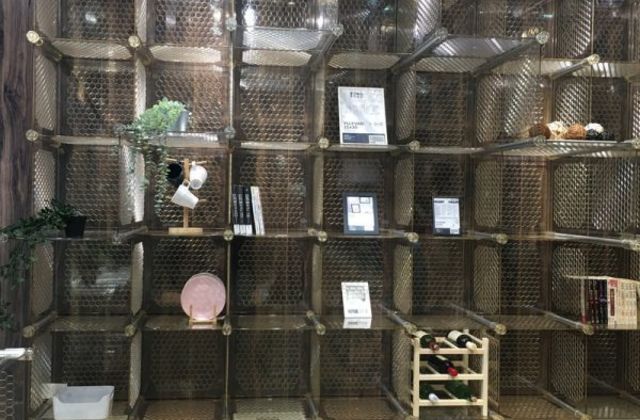What is it? Vitsœ offers furniture designed for a long product lifetime. Products are designed to “ensure flexibility, variability, adaptability, durability and therefore longevity” (Vitsœ, 2020a), with most furniture also designed to enable repair and end-of-life dismantling for recycling. While generating profits through sales, Vitsœ places a particular emphasis on its services, pointing out that “the product is good but, it is hoped, the service is better” (Vitsœ, 2008, p. 210). As described by Vitsœ MD Mark Adams (2012):
‘I had my eyes opened in the 1970s... Does nature hold annual trade exhibitions at which it announces new species, many of which will never be seen again? No. It does not strive for the newest – it strives for the best. Yet so much of our society – and its media – is driven by its addiction to the newest, not the best.’ ‘Then there’s the issue of ‘waste’. Is there any waste in nature? No. All cycles are closed. Man used to operate in closed cycles but during the 19th and 20th centuries the cycles became open and created waste. We encourage reuse of our products; we see recycling as a defeat.’
Why is this important? The production of furniture requires a large amount of resource inputs and creates greenhouse gas emissions. With furniture oftentimes being discarded due to perceived obsolescence and changing styles, it creates a bulky waste problem estimated to account for more than 4% of municipal waste in Europe, of which only 10% are recycled (UEA, 2004). Yearly, European households consume an estimated 8.6 million tons of furniture with large associated resource strains through new production and discarding to incineration or landfill (Forrest et al, 2017).
Main resource strategy: Slowing through extending product lifetimes with long-lasting products, modularity, services to alter and repair the products if required. Vitsœ also encourages the resale of their products through their customers (Bocken, 2017).
Other resource strategies: Regenerating the loop through the use of renewable material, particularly wood.
Business model aspects:
- Value Proposition: Vitsœ offers furniture in the form of shelves, chairs and side tables. The products are based on Dieter Rams’s 10 principles of good design (Vitsœ, 2020b) and retain an “iconic status” (Tan et al., 2009, p. 8) on the design furniture market with high emotional attachment (Ta et al., 2009; Vitsœ, 2008). The company’s intention is to encourage their customers “to start by buying less; to add to, rearrange and repair when needed so that a commitment would build between customer and company, to their mutual benefit” (Vitsœ, 2008, p. 209).
- Value Creation & Delivery: Value is created and delivered through both the sales of products and associated services. The success of Vitsœ’s business model is closely linked to the long-term relationship and trust built with customers, with up to 50% being existing customers that return to amend or extend their items (Vitsœ, 2008). This service is strengthened through a system of planning, purchasing, manufacturing and installation all in-house through Vitsœ and sales only directly through their shops, online or via phone call, maintaining control and contact (Bocken & Short, 2016; Tan et al., 2009).
- Value Capture: Vitsœ charges for the products it sells and for the services it offers; however, the service charges are set to merely cover costs. The company still makes profits through the sale of products, with product prices oftentimes including the cost of services (Tan et al., 2009).
Strategies for degrowth/ sufficiency (based on sufficiency strategies from Niessen & Bocken, 2021): As pointed out by Bocken & Short (2016), Vitsœ “exemplifies ‘sufficiency’ by actively striving to eliminate built-in obsolescence through its design and production systems, and consciously eschewing short-lived fashion cycles or trends” (p. 48).
- Awareness-raising: Vitsœ encourage their customers to only buy what they need. Advertising is through word-of-mouth and recommendations by existing customers (Tan et al., 2009).
- Design & Green alternative: Vitsœ aims for long-living, adaptable products that customers build an emotional attachment with (Vitsœ, 2008).
- Moderating sales & Questioning consumption: The company’s aim is to sell less of their furniture to more customers that will use it for longer, thereby minimizing environmental impacts. The sales staff are trained to undersell and tell customers that they can always come back to buy more; staff also do not receive commission for their sales (Vitsœ, 2008).
Degrowth: The company is profitable but does not trade shares publicly and had investigated the option to change its ownership structure towards including employees as owners (Bocken & Short, 2016; Vitsœ, 2008).
Business model experimentation practices: Founded in 1959, Vitsœ was created to work on Dieter Rams’s furniture ideas in Germany. In 1995, the company moved to the United Kingdom and from there serves customers in over 50 countries today. In 2017, Vitsœ designed and built a sustainable building in Royal Leamington Spa for its operations which is reconfigurable and can be dismantled into its constituent parts at the end of its life. To enable this, Vitsœ experimented with new ownership models and developed and used customer bonds to grow the business and build the new sustainable site (Vitsœ, 2017).
Sustainability outcomes: No specific sustainability outcomes have been reported yet.
Sources:
Adams, M. (2012). “Leading from the front – successes and challenges of sustainable manufacturers”, Cambridge Centre for Industrial Sustainability Annual Conference, 11 September 2012.
Forrest, A., Hilton, M., Ballinger, A. & Whittaker, D. (2017). Circular Economy Opportunities in the Furniture Sector. Brussels: European Environmental Bureau. Accessed 27 November 2020 at: https://eeb.org/library/circular-economy-opportunities-in-the-furniture-sector/
Tan, A., Evans, S., & McAloone, T. C. (2009). Succeeding in Business by Managing Consumption: A more sustainable approach to selling for. In R. D. Andersen, & M. Lehmann [Eds.]. Proceedings of Joint Actions on Climate Change. Aalborg: Aalborg University.
UEA (2004). Eco-label Furniture. Extension of the Scope. Final report.
Vitsœ (2008). Memorandum by Vitsœ. In House of Lords (2008) Waste Reduction Volume II: Evidence. Science and Technology Committee, 6th Report of Session 2007-08. HL Paper 163-II. London: The Stationery Office Limited. 209-213.
Vitsœ (2017). The road to Royal Leamington Spa: a bond. Accessed 16 December 2017 at: https://www.vitsoe.com/eu/voice/leamington-bond
Vitsœ (2020a). Ethos – Living better, with less, that lasts longer. Accessed 27 November 2020 at: https://www.vitsœ.com/eu/about/ethos.
Vitsœ (2020b). The power of good design. Accessed 27 November 2020 at: https://www.vitsœ.com/eu/about/good-design
***
About project Circular X
Project Circular X is about ‘Experimentation with Circular Service Business Models’. It is an ambitious research project funded by the European Research Council (ERC) which supports top researchers from anywhere in the world. Project CIRCULAR X runs from 2020-2025. The project is led by Principal Investigator (PI) Prof Dr Nancy Bocken, who is joined by a multidisciplinary team of researchers at Maastricht Sustainability Institute (MSI), Maastricht School of Business and Economics, Maastricht University. The project cooperates with businesses who want to innovate towards the circular economy.
Project Circular X addresses a new and urgent issue: experimentation with circular service business models (CSBMs). Examples of such new business models include companies shifting from selling products to selling services and introducing lifelong warrantees to extend product lifetimes. However, CSBMs are far from mainstream and research focused on experimentation is little understood. The research aims to conduct interdisciplinary research with 4 objectives:
- Advancing understanding of CSBMs; their emergence and impacts
- Advancing knowledge on CSBM experimentation
- Developing CSBM experimentation tools
- Designing and deploying CSBM experimentation labs
Funding source
This project has received funding from the European Research Council (ERC) under the European Union’s Horizon 2020 research and innovation programme, grant agreement No. 850159.
Using this information
When you cite this publication, please use the following source:
Circular X. (2020) Case study: Vitsœ - 'Living better, with less, that lasts longer'. Accessed from www.circularx.eu



